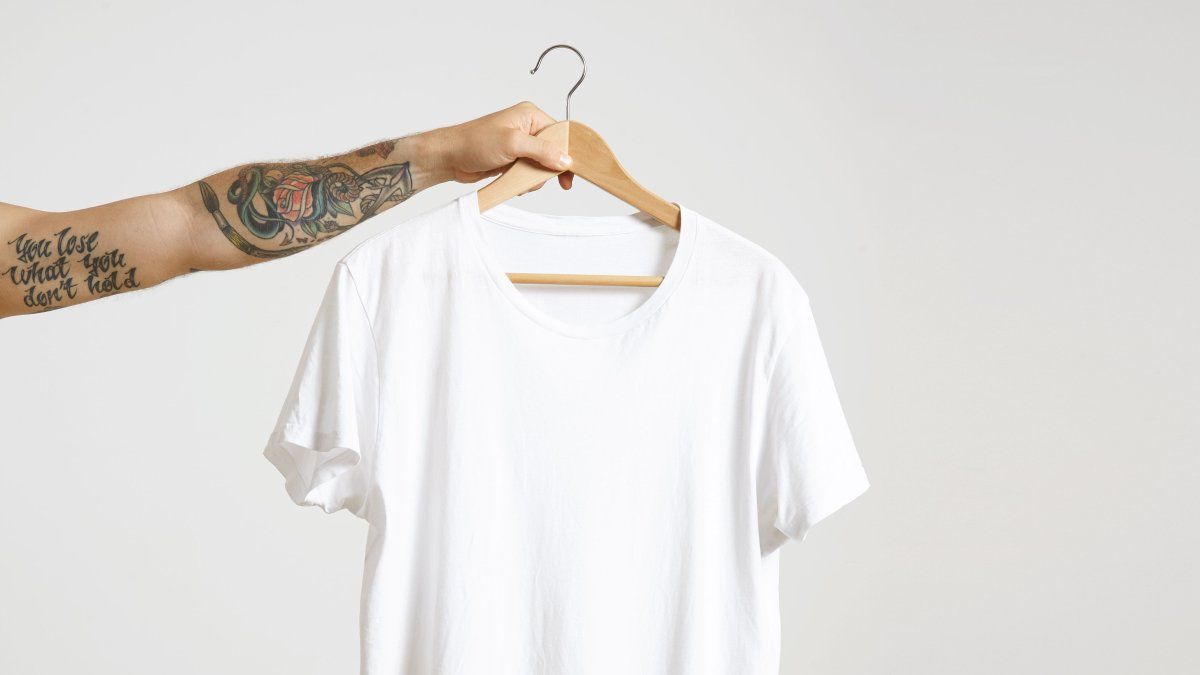Argentina is the ninth world cotton producer, behind countries such as China, India, the United States and Brazil. However, Our cotton is of medium quality and has low export levels. This impacts both the commercial balance of the textile-indumental industry-where cotton is the main natural fiber used-which is deficit, and in the quality of the clothes produced locally. Cotton production has a long tradition in the country; In fact, our first registered export included cotton fabrics. Following two clear lines, which apply our competitors, we can improve the quality of our cotton and play stronger in the global market.
Measure quality to increase quantity
In Argentina we do not measure the quality of cotton with the same standards as in other more competitive countries. Most quality measurements are still carried out under a classification system dating back more than 100 years, based on visual patterns. This does not effectively discriminate the quality differences between the producers, and therefore, it also does not affect the prices that they perceive for their cotton.
Instead, the main exporting countries use high volume technological instruments (HVI) in enabled laboratories. Thus, they obtain precise and objective measurements on the characteristics and quality of the fiber. If the HVI measurement is clear, precise and transparent, why not its use in Argentina is consolidated?
There are crossed interests among the different actors in this chain. On the one hand, there are the producers, who would mostly benefit from the HVI implementation, since it would generate reliable measurements and facilitate the fixation of clear prices. On the other, there are industrial actors, which in many cases have their own HVI instruments, but buy cotton under the traditional classification, which often does not properly distinguish between qualities or allows you to establish chord prices.
Implement an official HVI laboratories network nationwide, with state support to prevent costs from falling on companies, would strengthen the sector bluntly. Instead, we found that the cotton fund – which offered technical assistance, subsidies and seeds certified to the producers – was discontinued in May 2024.
Tucumán Textile.jpg tucumán
Seeds and quality go hand in hand
If we had a standardized measurement system, which rewards quality, clear incentives could be established so that producers seek to improve their crops. Towards the end of the 90s, Argentina quickly adopted the use of genetically modified seeds, which allowed fiber yields and exports. However, from that boom, given the lack of incentives, The country was lagged and today faces a genetic backwardness compared to leading cotton countries, such as Brazil or the United States.
The cotton seed is autogamous, that is, it can be self -produced. This allows producers to avoid the purchase of new seeds after each harvest and recover them in the disassembly process. In Creole: you can separate the fiber from the seeds and other waste, and reuse them. Another generalized form of access to seeds is the “white stock market”, the informal market for irregular seeds, which do not have quality controls that certify their origin or variety.
There we find a problem because the reused seeds lose their properties over time, which decreases the quality of the fiber and yields per hectare. But who would like to buy seeds that guarantee quality, if not pay more for better quality cotton?
Companies dedicated to the genetic improvement of seeds do not find incentives to introduce new varieties, since few would be willing to pay for those new seeds. In contrast, certified seeds are used in other countries and the price at which they sell fiber reflects its quality. In fact, The main world exporters are those countries that have advanced in genetic improvement, but also in the certification of the quality and traceability of production.
The growing demand for sustainability has promoted new forms of production based on traceability, opening export niches. The best cotton initiative (BCI) certifies sustainable practices throughout the cotton chain. Important brands globally, such as Adidas, Nike, or Zara, have pledged to buy only cotton certified by the BCI. Brazil, regional leader, certifies 100% of its production and is the second world exporter. Argentina begins to advance in this direction with the Argentine responsible cotton seal (ara), promoting quality, sustainability and traceability in production.
Argentine cotton has potential to improve its position in the international market
For that, a comprehensive review of the incentive system, which covers aspects such as intellectual property, the use of seeds (oriented to larger producers) and an objective measurement of quality that supports a transparent price system. This will not only facilitate the development of new varieties by seed companies: it will also generate conditions for producers to see profitable investing in higher quality seeds.
In short, ensuring that quality is recognized and rewarded economically is essential. This set of transformations will allow both to increase cotton fiber exports, and improve the quality of local clothing.
* Nadia Schuffer is a researcher in the productive policy area of Fundar.
Source: Ambito
David William is a talented author who has made a name for himself in the world of writing. He is a professional author who writes on a wide range of topics, from general interest to opinion news. David is currently working as a writer at 24 hours worlds where he brings his unique perspective and in-depth research to his articles, making them both informative and engaging.




